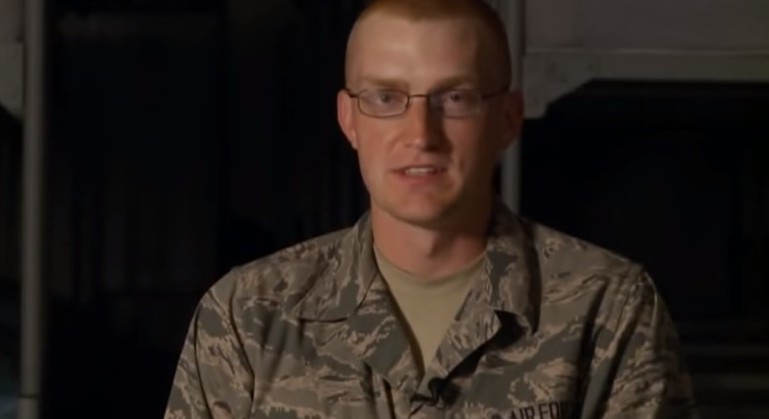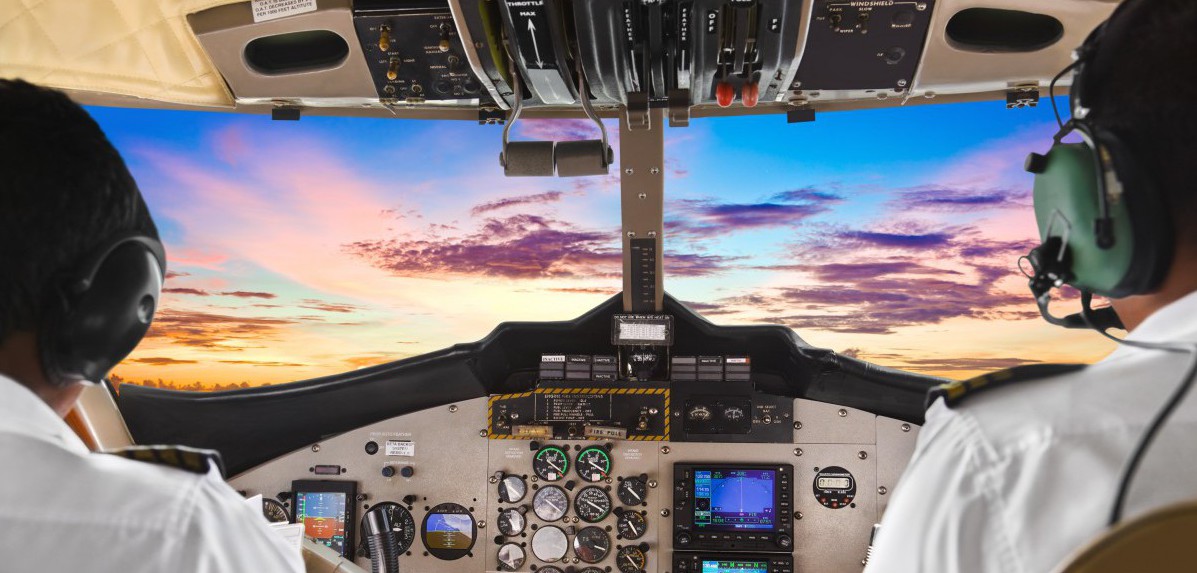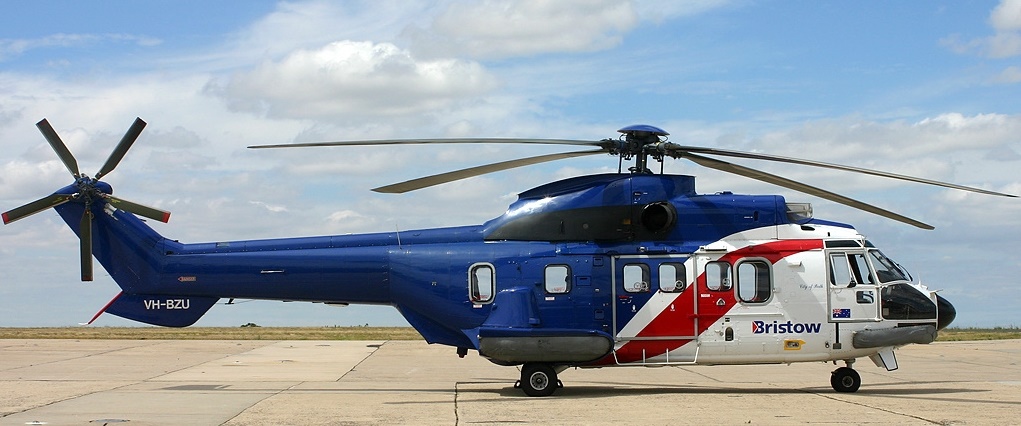US Air Force Basic Training Program: An Award Winning Video Documentary
US Air Force Basic Training Program:
An Award Winning Video Documentary
By Public Domain TV Published on Mar 17, 2015
This production uses “reality-based” storytelling to provide insight into the Air Force Basic Military Training (BMT) experience from the perspective of trainees and Military Training Instructors (MTI).
“Air Force Basic Training: In Their Own Words” was produced by the 3D Combat Camera Squadron, Joint Base San Antonio-Lackland, Texas.
Production of the Year
1st Place-Documentary Category
2012 U.S. Air Force Visual Information Production Awards
The U.S. Air Force’s Basic Military Training (BMT) is eight and a half weeks long, as they do not count your first week (“Week 0”). BMT is 63 calendar days long. It is conducted at Lackland AFB in San Antonio, Texas. Formerly, trainees were referred to as “Airman” from day one of BMT. This has been changed; now, personnel are referred to as Trainees until the Airman’s Coin Ceremony in the eighth week of training, when they receive their Airman’s Coin. Trainees receive military instruction (including the Air Force core values, flight and individual drill, learn weapons like AR-10 rifles and living area inspections), academic classes (covering topics such as Air Force history, dress and appearance, military customs and courtesies, ethics, security, and alcohol/drug abuse prevention and treatment), and field training (including protection against biological and chemical attack, basic marksmanship on the M-16 rifle as well as first aid). Following BMT, Airmen go to a technical school (or ‘tech school’) where they learn the specifics of their Air Force Specialty Code (AFSC), which is similar to the MOS (Military Occupational Specialty) in the Army and Marines, the Navy’s NEC (Naval Enlisted Classification) code, or the Coast Guard’s ratings.
All non-prior-service enlistees are required to complete BMT, including those enlisting in the Air National Guard and Air Force Reserve Command. Reserve component enlistees receive the same training as their active-duty counterparts. Credit can be given on a case-by-case basis for enlistees with college credit, Eagle Scouts and service in the Civil Air Patrol qualify for promotion to E-2 (Airman) or E-3 (Airman First Class) upon graduation from BMT. The stripes are not worn until graduation, though trainees are paid at the higher pay grade.
Lackland AFB has been associated with BMT for almost the Air Force’s entire history. From 1950 to 1956 300,000 airmen received BMT at Sampson Air Force Base in New York. In 1951, Parks Air Force Base in Dublin, California became a BMT center, with training beginning in March, 1952. BMT at Parks AFB ceased later in the decade and the installation was transferred to the US Army in 1959. For a brief time between 1966 and 1968, the Air Force operated a second BMT at Amarillo AFB, in Amarillo, Texas.
Unlike the Army and Navy, but like the Marine Corps (throughout boot camp) and Coast Guard (during the first section of boot camp), trainees are required to refer to all Airmen, enlisted and NCO’s as well as commissioned and warrant officers, as “sir” or “ma’am.” Trainees are required to preface speaking to Military Training Instructors with their “reporting statement:”
“Sir/Ma’am, Trainee (the recruit’s surname) reports as ordered.” or “Sir/Ma’am, Trainee (the recruit’s surname) reports.”, depending on who initiates the conversation.
An additional 2 weeks of BMT was added to the program on November 1, 2008, extending the duration of BMT from six and a half weeks to eight and a half weeks. BMT has been tailored to incorporate some of the additional warfighting skills to coincide with increased Air Expeditionary Force(AEF) rotations, and more frequent support of its sister services during those rotations.














